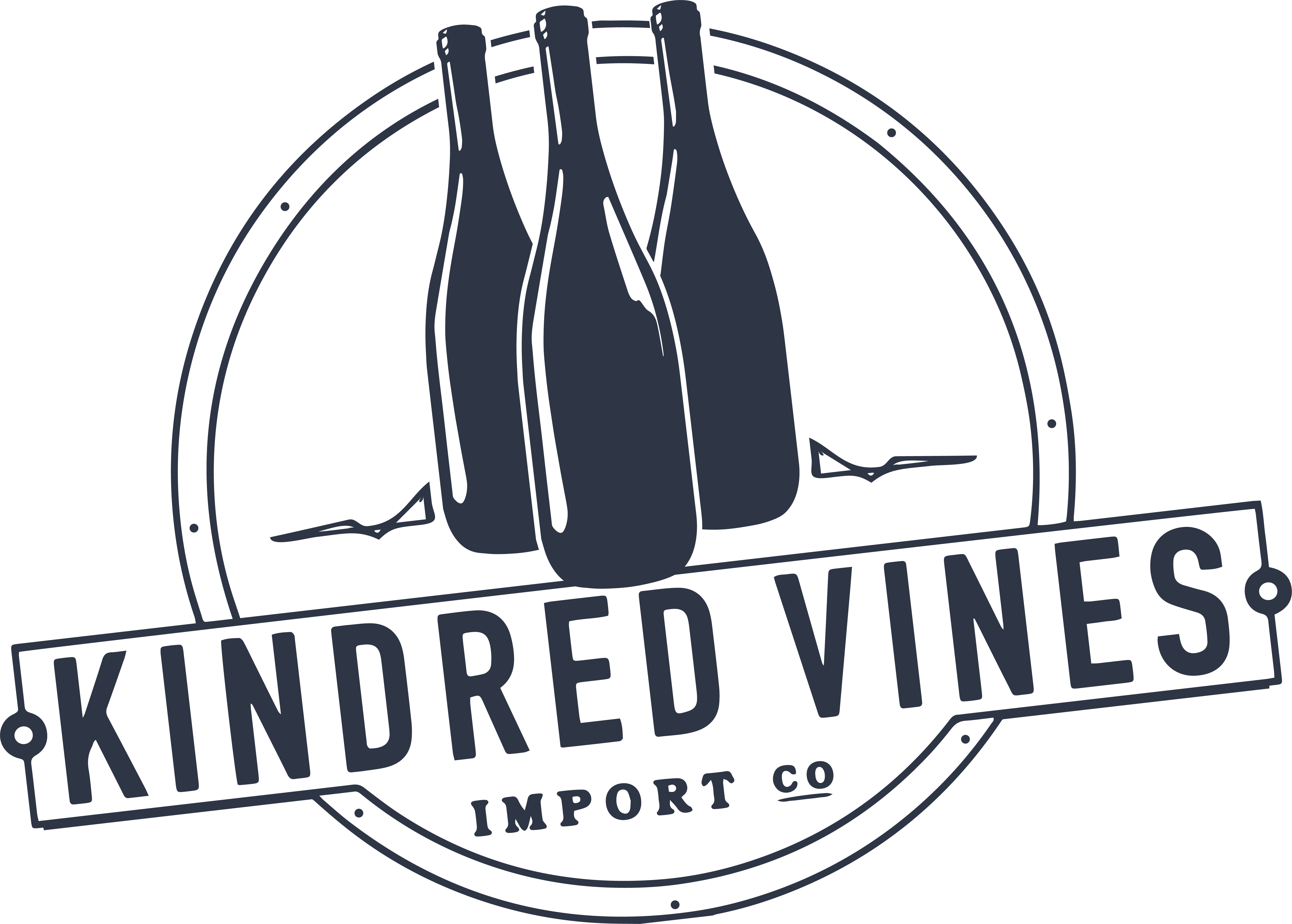Cooper’s Hawk CHV North Block Sparkling
| Composition | 85% Chardonnay, 15% Chardonnay Musque |
|---|---|
| Alcohol | 12.5% |
| Residual Sugar | 10 g/L |
| Certifications | Environmentally Friendly |
| Country | Canada |
| Producer | Cooper's Hawk Vineyards |
| Region | Lake Erie North Shore |
| Vintage | 2016 |
Product Enquiry
WINEMAKER’S NOTES
“The North Block grapes were specifically pruned, cultivated, and harvested for this sparkling wine to take advantage of the east/west rows, which allowed us to achieve lower yields and more air flow from our aggressive northwest winds. These factors, plus a dedicated vineyard team, helped us achieve perfect parameters for our first venture into the world of sparkling wine. The harvest timing was three fold; we had to take into account the acid content, the pH, and the taste of the juice. Once optimized, we hand picked our beautiful grape clusters. We gently whole-cluster pressed our grapes, discarded the first 100 liters of juice, and limited oxygen contact with the juice as much as possible. Initial fermentation was in stainless steel and continuously bubbles to keep the lees in suspension, while the secondary fermentation was done with the Charmat method. This is a great expression of cool-climate sparkling wine, the perfect addition to any celebration.” – Adam Graham, Winemaker
TASTING NOTES
This wine is defined by white peach, lemon and lime zest, and refreshing acidity while still maintaining a delicate creaminess. The bubbles are persistent, with a fizzy and fresh feeling and a crisp mouthfeel.
PAIRING SUGGESTIONS
Pairs perfectly with oysters, mussels, or green olives.
VINEYARD
Cooper’s Hawk Vineyards is an estate winery located in 70 acres of land within the Lake Erie North Shore viticultural region.
Chardonnay Musqué is an aromatic clone of the world’s most famous white-wine grape, Chardonnay. It is grown principally in the vineyards of Canada’s Niagara Peninsula and New York’s Finger Lakes. There are over 40 different clones of Chardonnay, but only two of these can be called “Musqué” due to their aromatic qualities – Clone 77 and Clone 809. They are generally unoaked in order to preserve the fresh and fragrant aromas natural to the grape. Several Ontario vineyards are now planted with musqué clones and the grapes may be used as either part of a blend or bottled on their own.
VITICULTURE
Lake Erie North Shore, often abbreviated to LENS, is an appellation at the southern tip of Ontario. Covering Essex County and the Pelee Island appellation, the Designated Viticultural Area (DVA) is largely defined by water, with Lake St Clair to the north, Detroit River to the west and Lake Erie to the south. The water-moderated climate here is well-suited to the production of wines made from Riesling and Vidal, as well as Cabernet Franc and Merlot.
The main maritime influences in Lake Erie North Shore come from Lake Erie, the shallowest of the Great Lakes. The lake effect is more pronounced in these shallow waters, and the lake heats up faster in the warm summers and cools down quicker in the winter. This has a profound effect on the growing season, which starts and finishes earlier than in other parts of Ontario. Unobstructed winds from the lake during the growing season bring cooling influences, and when combined with the area’s high sunshine hours, this makes for a long, slow ripening process that allows for the development of acidity alongside rich varietal character.
Ancient glacial lakes are responsible for a wide range of geological deposits at Lake Erie North Shore. Predominantly sandy loam and heavy clay soils are layered over various gravels and limestone bedrock, providing good drainage for the vineyard sites. Ample precipitation during the growing season makes irrigation largely unnecessary, and lake-effect snow in the winter helps to insulate the dormant vines against freezes. The early onset of winter here due to cooling influences of the lake makes Lake Erie North Shore well-suited to the production of ice wine.
Wine production in Lake Erie North Shore began in the 1860s, when growers established the first vineyards in the southerly sub-region of Pelee Island, and viticultural pursuits spread quickly onto the mainland, before reaching the Niagara Peninsula.
VINIFICATION
- 100% hand-harvested
- Whole-cluster cold pressed
- Charmat method


